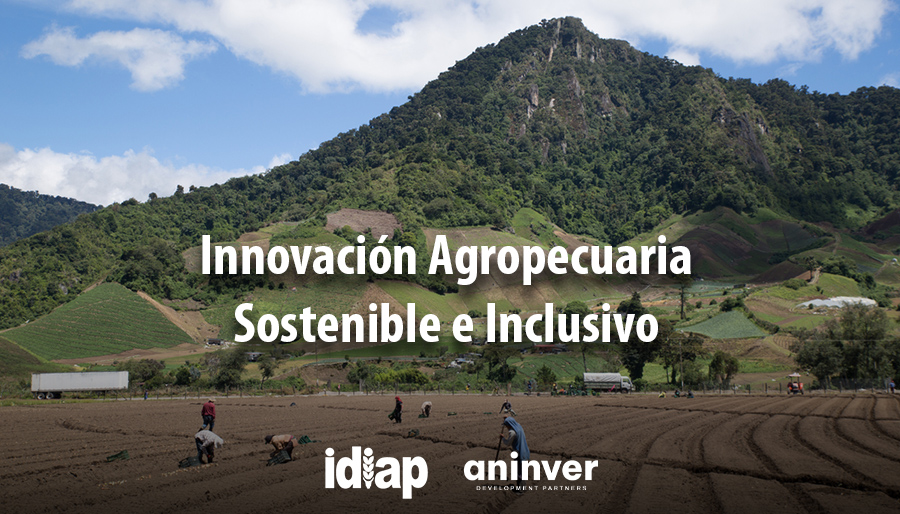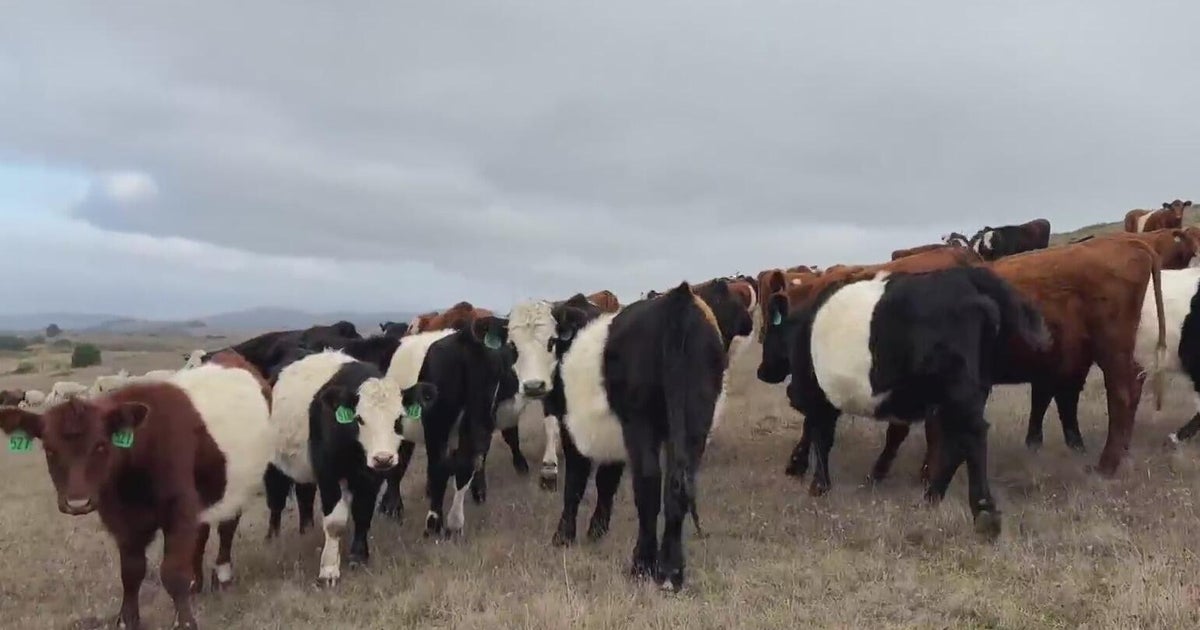Surge in critical minerals claims puts Brazil’s land reform communities at risk – Mongabay
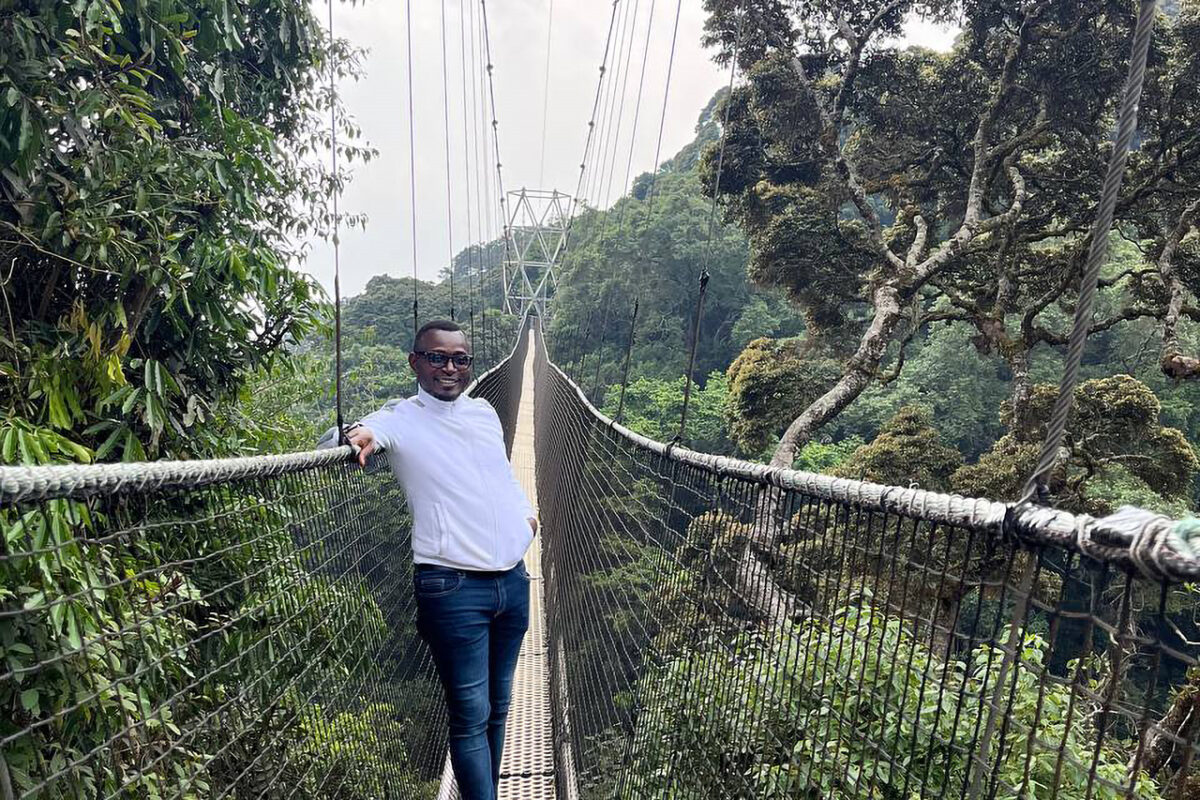
Report on the Conflict Between Critical Mineral Mining and Agrarian Reform Settlements in Brazil
Executive Summary
An investigation reveals a significant conflict between the expansion of mining for critical minerals and the integrity of agrarian reform settlements in Brazil. This conflict poses a direct threat to national food security, environmental protection, and the livelihoods of rural communities, thereby challenging Brazil’s commitment to several Sustainable Development Goals (SDGs), including SDG 1 (No Poverty), SDG 2 (Zero Hunger), SDG 10 (Reduced Inequalities), SDG 15 (Life on Land), and SDG 16 (Peace, Justice and Strong Institutions).
1.0 Scale and Geographic Distribution of Mining Overlap
Analysis indicates a widespread overlap of mining interests with lands designated for agrarian reform, which were established to promote food production and reduce rural poverty, in line with SDG 1 and SDG 2.
1.1 National Overview
- A total of 3,391 mining processes have been identified overlapping with 1,432 settlements demarcated by the National Institute for Colonization and Agrarian Reform (INCRA).
- These overlaps span 25 Brazilian states, indicating a nationwide issue.
- Of the 3,391 processes, the majority are in early stages, but a significant number are advanced:
- Research Application Stage: 694
- Research Authorization Stage: 1,938
- Mining Application Stage: 108
- Mining Concession Stage: 70
1.2 Regional Concentration
The encroachment is heavily concentrated in ecologically sensitive and socially vulnerable regions, undermining SDG 15 (Life on Land) and exacerbating regional inequalities, contrary to SDG 10.
- The Brazilian Amazon: Accounts for nearly half of the mining projects (1,765) impacting 729 settlements. The region holds 52% of the total settlement area affected by mining claims. Pará is the most affected state, with 1,207 mining processes in 460 settlements.
- The Northeast Region: Represents 40% of the occurrences, with significant activity in Bahia (426 processes in 188 settlements) and Ceará (358 processes in 177 settlements).
- The Southeast Region: Minas Gerais is a notable case with 82 processes overlapping 37 settlements.
2.0 The Energy Transition Paradox and Corporate Interests
The demand for minerals essential for the global energy transition creates a paradox where the pursuit of SDG 13 (Climate Action) directly undermines other fundamental SDGs. The minerals sought include copper, manganese, nickel, bauxite, lithium, and rare earths.
2.1 Key Corporate Actors
The interest in these areas involves major multinational corporations, raising questions about corporate responsibility and the need for sustainable global partnerships as outlined in SDG 17. Companies with the highest number of requests include:
- Nexa (Luxembourg)
- Codelco (Chile)
- Fortescue (Australia)
- Rio Tinto (Australia)
- Vale (Brazil)
- Anglo American (UK)
- Glencore (Switzerland)
3.0 Institutional Failures and Legal Conflicts
The situation is exacerbated by a legal and institutional framework that appears to prioritize mining interests over the rights of settled communities, representing a failure to uphold SDG 16 (Peace, Justice and Strong Institutions).
3.1 INCRA Normative Instruction 112
Issued in December 2021, this instruction established rules facilitating mining and other infrastructure projects in settlement areas. Since its implementation, 982 new cases involving 1,337 overlaps have been initiated. Social movements argue this regulation undermines the social purpose of the land and prioritizes mineral exploitation over the rights of residents.
3.2 Government and Agency Positions
- Government Inaction: Despite criticism, the current administration has not revoked Normative Instruction 112, continuing a policy that favors business opportunities over the protection of traditional communities and the environment.
- National Mining Agency (ANM): The ANM confirms it grants concessions in settlement areas, stating there is no legal prohibition against it. The agency acknowledges the conflict between mining and land reform but reports that negotiations between authorities have not resulted in a regulatory solution.
- INCRA: The agency did not provide a response regarding the overlaps or the calls to revoke the normative instruction.
4.0 Intensification of Conflicts and Socio-Environmental Consequences
The convergence of mining interests in areas historically marked by land disputes is leading to an acceleration of conflict, threatening peace, livelihoods, and food systems.
4.1 Threats to Livelihoods and Food Security (SDG 1 & SDG 2)
Social leaders, such as Alair Luiz dos Santos of CONTAG, emphasize that settlements are established for food production and environmental protection. Allowing mining is seen as a betrayal of this purpose, threatening the ability of families to live healthy lives and produce food.
4.2 Escalation of Land Conflicts (SDG 16)
- In Pará, hundreds of mining processes for copper, nickel, and manganese overlap with settlements in municipalities already known for intense land conflicts, including Canaã dos Carajás, Marabá, and Eldorado dos Carajás.
- Charles Trocate of the Movement for Popular Sovereignty in Mining (MAM) warns that industrial mining will be a “curse” for settlers, exacerbating the existing lack of land for food production and increasing conflicts.
- Illegal mining operations are already present, as evidenced by the shutdown of a clandestine manganese mine within an INCRA settlement in Pará in May 2024.
4.3 Legal Challenge for Rights Protection
In a move to reinforce SDG 16, the Federal Public Defender’s Office filed a Public Civil Action in June demanding the revocation of Normative Instruction 112/2021. The action calls for an end to project approvals within settlements without legal guarantees, specifically the right to free, prior, and informed consent as guaranteed by ILO Convention 169, which Brazil has ratified.
SDGs Addressed in the Article
The article discusses issues that are directly and indirectly connected to several Sustainable Development Goals. The central conflict between mining for critical minerals and the rights and livelihoods of communities in land reform settlements touches upon goals related to poverty, hunger, inequality, economic growth, environmental protection, and justice.
- SDG 1: No Poverty – The article addresses this by focusing on land reform settlements, which are established to provide land and livelihood opportunities to the rural poor, thereby alleviating poverty. The threat to these settlements is a threat to the economic security of their residents.
- SDG 2: Zero Hunger – This goal is explicitly mentioned. The article states that the expansion of mining is “threatening food production” in settlements that were “established for food production.”
- SDG 10: Reduced Inequalities – The core of the article is the power imbalance and conflict between large multinational mining corporations and marginalized settler communities. It highlights how policies and government actions prioritize corporate interests, thus exacerbating inequality.
- SDG 15: Life on Land – The article emphasizes the threat to “environmental protection,” particularly in the “Brazilian Amazon,” which is a critical biome for global biodiversity. The overlap of mining projects with these areas directly relates to the degradation of terrestrial ecosystems.
- SDG 16: Peace, Justice and Strong Institutions – This is a central theme, highlighted by the discussion of “land ownership disputes,” “conflicts in rural areas,” weak and “corrupt” institutions (INCRA), a lack of government accountability, and legal challenges to unjust policies.
Specific SDG Targets Identified
Based on the content of the article, several specific targets under the identified SDGs can be pinpointed.
SDG 1: No Poverty
- Target 1.4: By 2030, ensure that all men and women, in particular the poor and the vulnerable, have equal rights to economic resources, as well as access to basic services, ownership and control over land and other forms of property.
- Explanation: The article details a conflict over the control of land in settlements designated for agrarian reform. The implementation of Normative Instruction 112 is described as undermining the rights of settlers to their land in favor of mining companies, directly challenging their control and ownership.
SDG 2: Zero Hunger
- Target 2.4: By 2030, ensure sustainable food production systems and implement resilient agricultural practices… that progressively improve land and soil quality.
- Explanation: The article quotes a representative from CONTAG stating that “settlements are established for food production.” The encroachment of mining activities directly threatens these food production systems and the land on which they depend.
SDG 10: Reduced Inequalities
- Target 10.3: Ensure equal opportunity and reduce inequalities of outcome, including by eliminating discriminatory laws, policies and practices.
- Explanation: Normative Instruction 112 is presented as a discriminatory policy that “undermines the rights of settlement residents, essentially prioritizing miners’ rights to exploit minerals over the social use of land.” The legal action by the Federal Public Defender’s Office to revoke this instruction is an effort to address this inequality.
SDG 15: Life on Land
- Target 15.1: By 2030, ensure the conservation, restoration and sustainable use of terrestrial and inland freshwater ecosystems and their services, in particular forests.
- Explanation: The article specifies that “Almost half of the mining projects impacting rural settlements are in the Brazilian Amazon,” a critical forest ecosystem. The expansion of mining in this region represents a direct threat to its conservation and sustainable use.
SDG 16: Peace, Justice and Strong Institutions
- Target 16.3: Promote the rule of law at the national and international levels and ensure equal access to justice for all.
- Explanation: The filing of a “Public Civil Action” by the Federal Public Defender’s Office to demand the revocation of Normative Instruction 112 is a clear example of using legal channels to seek justice and uphold the rule of law for affected communities.
- Target 16.6: Develop effective, accountable and transparent institutions at all levels.
- Explanation: The article criticizes government institutions like INCRA for a lack of transparency and accountability, noting it did not respond to requests for comment and that there are allegations of “corrupt INCRA officials.”
- Target 16.7: Ensure responsive, inclusive, participatory and representative decision-making at all levels.
- Explanation: The article highlights the failure to secure “free, prior and informed consent” from settler communities, as guaranteed by ILO Convention 169. This points to a decision-making process that is not inclusive or responsive to the needs of those most affected.
Indicators for Measuring Progress
The article provides several quantitative and qualitative indicators that can be used to measure the extent of the issues and any progress toward the identified targets.
- Number and geographic distribution of mining conflicts: The article provides precise numbers: “3,391 mining processes overlapping with 1,432 areas demarcated by the National Institute for Colonization and Agrarian Reform (INCRA), covering 25 Brazilian states.” It also specifies the number of projects in the Amazon (1,765) and key states like Pará (1,207). These figures are direct indicators of the pressure on land (Targets 1.4, 2.4, 15.1).
- Status of mining applications: The breakdown of mining processes (“1,938 are at the research authorization stage,” “108 processes are at the mining application stage”) serves as an indicator of how far these threats have advanced through institutional channels (Target 16.6).
- Existence and status of discriminatory policies: The article identifies “Normative Instruction 112” as a key policy. Its existence, and any legal challenges against it (such as the Public Civil Action), are indicators of progress (or lack thereof) toward Target 10.3.
- Lack of free, prior and informed consent (FPIC): The demand by the Public Defender’s Office for FPIC to be observed is a qualitative indicator of the failure to meet participatory decision-making standards (Target 16.7).
- Reports of illegal activities and law enforcement actions: The mention of “clandestine manganese mine” and “Operation 12º Elemento” are indicators of weak governance and the breakdown of the rule of law, relevant to Target 16.3.
SDGs, Targets and Indicators Analysis
| SDGs | Targets | Indicators Identified in the Article |
|---|---|---|
| SDG 1: No Poverty | 1.4: Equal rights to ownership and control over land. | Conflict over land rights in 1,432 agrarian reform settlements; undermining of settlers’ land rights by Normative Instruction 112. |
| SDG 2: Zero Hunger | 2.4: Ensure sustainable food production systems. | Direct threats to areas “established for food production”; conflicts that could “further complicate… food production.” |
| SDG 10: Reduced Inequalities | 10.3: Eliminate discriminatory laws, policies and practices. | Existence of Normative Instruction 112, which prioritizes miners’ rights over settlers’; filing of a Public Civil Action to revoke this policy. |
| SDG 15: Life on Land | 15.1: Ensure the conservation and sustainable use of terrestrial ecosystems. | 1,765 mining projects overlapping settlements in the Brazilian Amazon; threats to “environmental protection.” |
| SDG 16: Peace, Justice and Strong Institutions |
16.3: Promote the rule of law and ensure equal access to justice.
16.6: Develop effective, accountable and transparent institutions. 16.7: Ensure responsive, inclusive, and participatory decision-making. |
Filing of a Public Civil Action to seek justice for settlers; reports of clandestine mining operations.
Allegations of “corrupt INCRA officials”; INCRA’s failure to respond to inquiries; lack of transparency in government agreements. Failure to observe the right to “free, prior and informed consent” for affected communities. |
Source: news.mongabay.com

What is Your Reaction?
 Like
0
Like
0
 Dislike
0
Dislike
0
 Love
0
Love
0
 Funny
0
Funny
0
 Angry
0
Angry
0
 Sad
0
Sad
0
 Wow
0
Wow
0



































































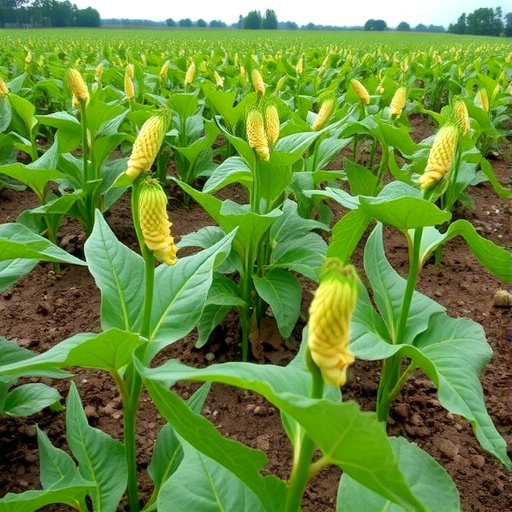
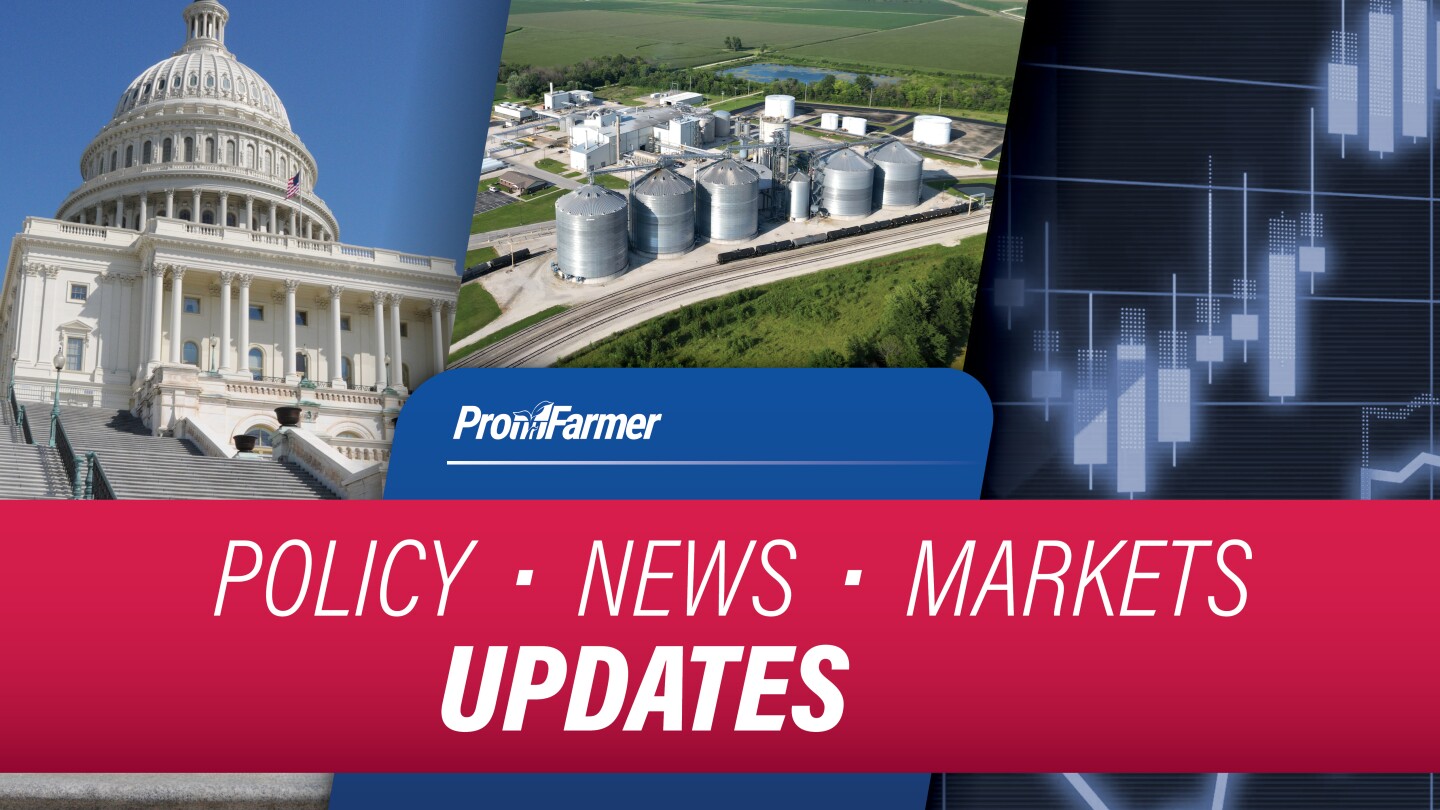
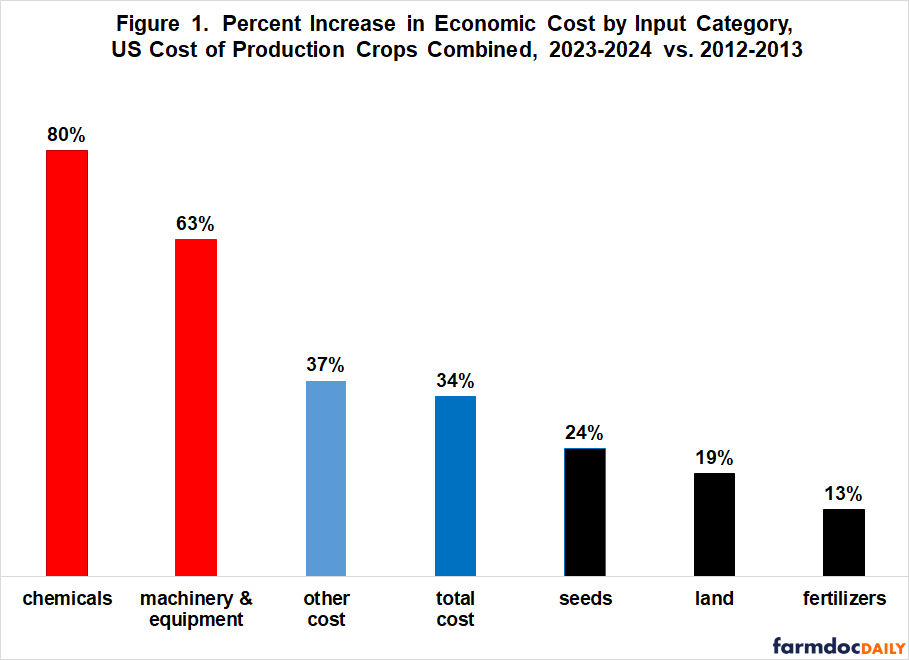
![Significant progress made, but urgent action continues to be needed with 16 million people facing severe levels of acute food insecurity and 1.6 million children acutely malnourished in Bangladesh [EN/BN] – ReliefWeb](https://reliefweb.int/sites/default/files/styles/large/public/previews/31/9e/319ed978-b5f5-4b6d-9b3d-e530da6422ec.png?#)
